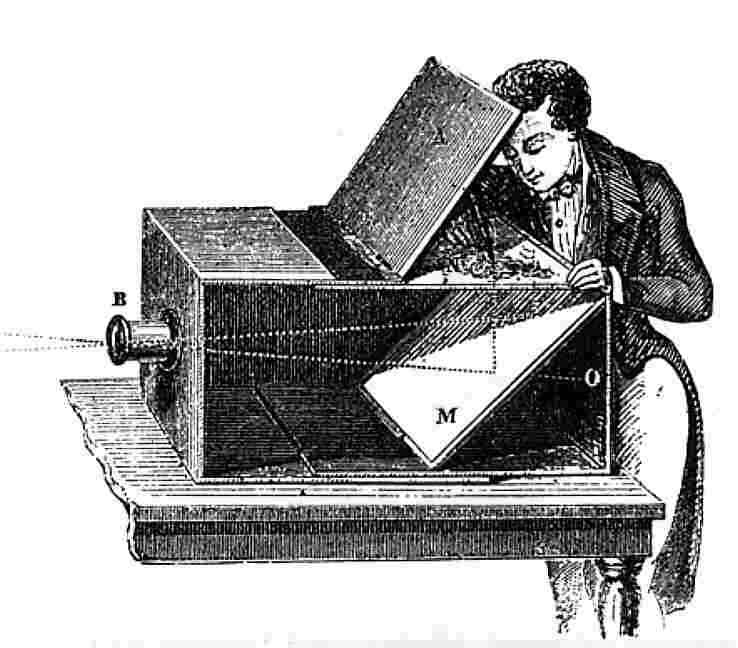June is a special month for me. Not only is it the month of my birthday, but it also signifies the start of a new season, summer, and features the northern hemisphere’s longest day, the summer solstice! James Clerk Maxwell was also born in June. Now, you may be asking, “Who is he?” or “Why is he a big deal?” As I am sure you are reading this article on a computer or a phone, you can thank Maxwell. Many of the wonderful electronic inventions we have today are possible because of his work in electromagnetism.

This is the first electromagnet, actually invented in 1824 by William Sturgeon. This is his original drawing.
In the 1820’s and 1830’s scientists began to experiment with new properties of electricity, magnetism, and optics (the physical properties of light). Many of the earliest experiments tested methods of electricity storage, such as batteries and capacitors. Later, scientists also experimented with circuits and magnets. It didn’t take long until some curious minds combined the science of circuits and the science of magnets to make a powerful new tool called an electromagnet. The electromagnet led to groundbreaking inventions in the mid-19th century, such as the telegraph and electromotors. In 1826, the first camera and photograph were developed using optics (the physics of how we see things) and the chemical effects of light. However, none of these inventions are credited to Maxwell. After all, his paper wasn’t published until 1864, so why is he considered the father of electromagnetism? It’s an interesting story.

An unknown artist’s drawing of what the first camera probably looked like. unknown illustrator / Public domain
Throughout the 19th century, the scientific fields of electricity and magnetism were considered to be separate, and researchers in those fields came from different backgrounds. Some were school teachers, some were professors, some were famous scientists such as Faraday, and some were innovative businessmen who were trying to make a buck in the capitalist market of the Industrial Revolution. As a result, knowledge of electricity and magnetism was scattered. This is where Maxwell stepped in.
Maxwell was trained as a mathematical physicist, and in 1860, took a job as a professor at King’s College in London. It was here where he began to investigate the phenomena of electricity and magnetism that had already begun to transform countries across the globe. He searched through research papers, attended many royal society lectures, and interviewed his peers in the fields in order to collect information and observations about the two sciences and their possible relationships.
In 1864, Maxwell published a paper that contained 20 mathematical equations describing electricity, magnetism, and optics that could be simplified to 4 basic equations. Leaning on his background in mathematical physics, he provided rigorous proof behind his equations in order to convince other scientists of the relationship between electricity and magnetism. Alongside the strong math background, these equations also aligned themselves with real experimental data and observations that had innovated the two fields. These 4 equations united the fields of electricity and magnetism into a new field, electromagnetism. This event is known as the second greatest unification in physics, second only to Sir Isaac Newton’s unification of gravity.
Maxwell’s unifying equations allowed scientists to discover radio waves, which led to advances in the study and understanding of light and technology. This unification helped inspire and guide Einstein to his theory of relativity. Without this unification, there would have been no foundation provided for the electrically and optically engineered products we interact with every day.
Alongside this incredibly important discovery, Maxwell was also the first person to produce a color photograph, and provided evidence for the composition of the rings of saturn. He also established multiple founding principles and observations in the field of thermodynamics. This has given scientists the knowledge to develop the combustion engines that are used in cars today. He is, by far, Scotland’s most famous scientist and one of June’s most favored sons.


